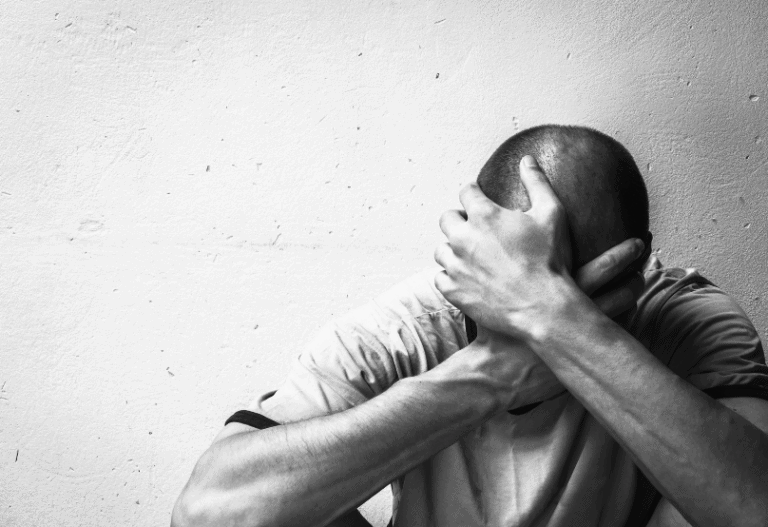What Do Xanax Withdrawals Feel Like?
Xanax (alprazolam) is an anti-anxiety medication in the benzodiazepine (aka. “benzo”) family that is often prescribed for those who have panic attacks. Xanax is a fast-acting medication and has a short half-life. This is what gets a lot of people into trouble. The calming and euphoric effects of Xanax fade quickly and this can lead to a crash that may increase anxiety and other negative mental health symptoms. Because Xanax metabolizes so fast, withdrawal symptoms and cravings are not uncommon side effects and this can accidentally lead to dependency and addiction.
If you or someone you care about has developed an addiction to Xanax or other benzos, we encourage you to reach out to Oasis Recovery to learn more about the benefits of our rehab programs and mental health services. Contact us to speak with a specialist about how rehab for benzodiazepines can help you get your life back on track.
Common Withdrawal Symptoms Associated with Xanax
Signs and symptoms of withdrawal associated with Xanax (alprazolam) are also common for other benzos. Common withdrawal symptoms from someone who is taking Xanax at a relatively low dose or is slowly tapering off Xanax may include:
- Anxiety
- Intense cravings
- Tremors
- Sweating
- GI issues
- Headaches
- Blurred vision
- Increased heart rate
- Muscle pain
- Temporary psychosis
- Hallucinations
The riskiest physical side effects associated with Xanax withdrawal are usually changes in heart rate and the risk of seizures. Xanax withdrawal should always be taken very seriously and contact with medical and psychiatric professionals is highly recommended.
Xanax Withdrawal Timeline
Unlike longer-lasting benzos, those who use or abuse Xanax will likely feel some withdrawal symptoms after 6 hours since your last dose. Symptoms tend to worsen and the negative intensity peaks around 48 hours.
After several days a person will usually have fewer withdrawal symptoms. That being said, someone who has used or abused Xanax for long periods of time may have permanent changes to their brain. Long-term use of Xanax is associated with memory loss and decline in cognitive ability.
It takes time for a person’s brain and mind to heal from long-term Xanax abuse. If Xanax was being used to treat anxiety, a person will likely feel heavily increased symptoms of anxiety after ceasing use. It is advisable to seek treatment with a professional mental health counselor and remain under medical supervision to ensure you remain as safe and comfortable as possible while undergoing withdrawal and recovery.
Some individuals experience post-acute withdrawal syndrome (PAWS). PAWS can result in physical and mental health issues linked to withdrawal that may be experienced for months or even years are ceasing Xanax use. Common PAWs symptoms include:
- Cravings
- Changes in mood and personality
- Increased anxiety
- Increased depression
- Social issues
Do Not Go “Cold Turkey” Off Xanax
Xanax, in particular, has additional risks if someone who regularly takes the drug abruptly ceases use.
Dangers associated with going cold turkey off Xanax can include:
- Mood swings
- Paranoia
- Mania
- Psychosis
- Convulsions
- Seizures
- Stroke
There is only one recommended method for ceasing use of Xanax and that is a slow taper. This means that a person who is ideally under medical supervision slowly reduces the amount of Xanax they take each day over a number of days that is decided by a doctor. Rapid reduction in Xanax dosage can result in extremely negative consequences and can be life-threatening.
Risk of Overdose
Research has shown that more people overdose on Xanax than any other benzo. For this reason and more, it is highly recommended that those who have developed a dependency or addiction to Xanax consider detox in a medically-supervised setting.
Medical detox provides the safety and security of knowing that medical doctors are available 24/7 in case emergency intervention is needed.
Contact Oasis Recovery to Break The Habit
Getting off Xanax can be scary and risky. It’s important to take appropriate medical precautions to ensure a safe taper method is involved as a harm reduction strategy. Please take Xanax withdrawal seriously. We encourage you to reach out to Oasis Recovery to speak with a specialist about how we can create a personalized treatment plan that will help you withdraw from Xanax in a safe and secure environment.











